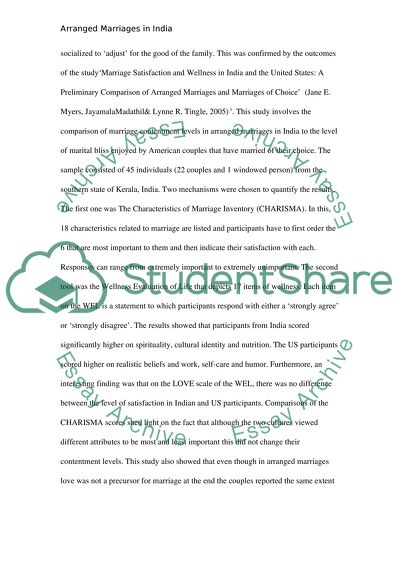Cite this document
(“Arranged Marriages in India Term Paper Example | Topics and Well Written Essays - 2000 words”, n.d.)
Arranged Marriages in India Term Paper Example | Topics and Well Written Essays - 2000 words. Retrieved from https://studentshare.org/psychology/1458074-arranged-marriages-in-india-the-way-marriage-is
Arranged Marriages in India Term Paper Example | Topics and Well Written Essays - 2000 words. Retrieved from https://studentshare.org/psychology/1458074-arranged-marriages-in-india-the-way-marriage-is
(Arranged Marriages in India Term Paper Example | Topics and Well Written Essays - 2000 Words)
Arranged Marriages in India Term Paper Example | Topics and Well Written Essays - 2000 Words. https://studentshare.org/psychology/1458074-arranged-marriages-in-india-the-way-marriage-is.
Arranged Marriages in India Term Paper Example | Topics and Well Written Essays - 2000 Words. https://studentshare.org/psychology/1458074-arranged-marriages-in-india-the-way-marriage-is.
“Arranged Marriages in India Term Paper Example | Topics and Well Written Essays - 2000 Words”, n.d. https://studentshare.org/psychology/1458074-arranged-marriages-in-india-the-way-marriage-is.


